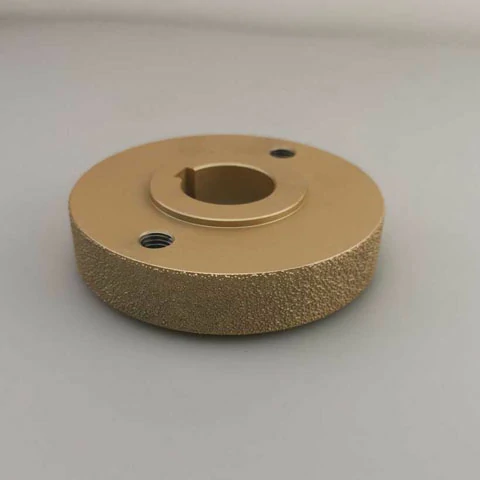Understanding the 6 Types of Centerless Grinding Defects
Centerless grinding is a common and efficient machining process used to produce precision cylindrical components. However, like any manufacturing process, it is prone to various defects that can affect the quality and performance of the final product. In this article, we will explore the six most common types of defects encountered in centerless grinding and discuss strategies to avoid them.
1. Workpiece Head Taper
Workpiece head taper refers to the non-uniformity of the diameter along the length of the workpiece. This defect can be caused by several factors, such as a misaligned workrest blade, incorrect workpiece rotation speed, or excessive stock removal. To avoid workpiece head taper, it is essential to ensure proper alignment of the workrest blade and regulate the workpiece rotation speed to maintain uniform material removal. Additionally, reducing the amount of stock removed in a single pass can help mitigate the risk of workpiece head taper.
2. Workpiece Burn
Workpiece burn, also known as thermal damage, occurs when the temperature generated during grinding exceeds the critical threshold, leading to metallurgical changes in the workpiece material. This defect is often a result of improper coolant application, excessive grinding pressure, or inadequate workpiece support. To prevent workpiece burn, it is crucial to optimize the application of coolant to dissipate heat effectively, control the grinding pressure within the recommended limits, and ensure proper workpiece support to minimize heat buildup.
3. Barbell Effect
The barbell effect is characterized by the formation of thick and thin sections along the length of the workpiece, resembling the shape of a barbell. This defect is typically caused by uneven grinding wheel wear, incorrect regulating wheel tilt angle, or an imbalanced workrest blade. To mitigate the barbell effect, regular inspection and dressing of the grinding wheel are necessary to maintain its profile and minimize uneven wear. Additionally, adjusting the regulating wheel tilt angle and ensuring the balance of the workrest blade can help achieve a more consistent material removal rate.
4. Lobing
Lobing refers to the irregular, non-cylindrical shape of the workpiece, often manifested as geometric deviations from the intended roundness. This defect can be attributed to various factors, including vibration-induced wheel runout, inadequate machine stiffness, or inconsistent workpiece rotation. To address lobing, it is essential to minimize machine vibration through proper maintenance and damping techniques, enhance machine rigidity to support stable grinding operations, and ensure consistent workpiece rotation to achieve symmetrical material removal.
5. Size Variability
Size variability, or size drift, denotes the deviation of the workpiece dimensions from the specified tolerances, resulting in inconsistent part sizes. This defect can arise from factors such as temperature fluctuations, grinding wheel wear, or inadequate machine setup. To combat size variability, maintaining a stable grinding environment by controlling temperature and humidity levels is crucial. Additionally, monitoring and replacing worn grinding wheels, as well as meticulous machine setup and alignment, can contribute to achieving consistent part sizes.
6. Grinding Wheel Breakage
Grinding wheel breakage poses a significant safety hazard and can lead to defects on the workpiece surface if not addressed proactively. This issue may stem from improper wheel mounting, exceeding the maximum operating speed, or using a compromised or damaged grinding wheel. Preventing grinding wheel breakage involves adhering to proper mounting procedures, adhering to the specified operating speeds, and conducting regular inspections to identify and replace worn or damaged grinding wheels promptly.
By understanding the nature of these common defects and implementing proactive measures to avoid them, manufacturers can enhance the reliability and efficiency of their centerless grinding processes. Through diligent monitoring, maintenance, and optimization of machine parameters, the occurrence of these defects can be minimized, resulting in higher-quality, more precise machined components.
.webp)
